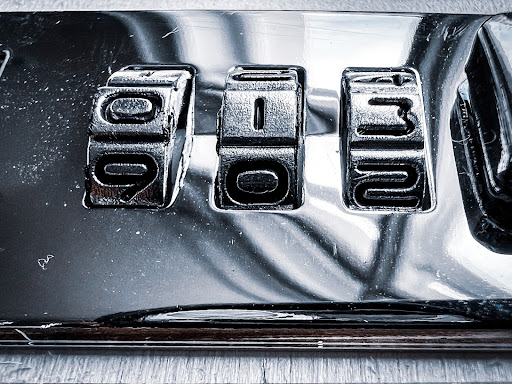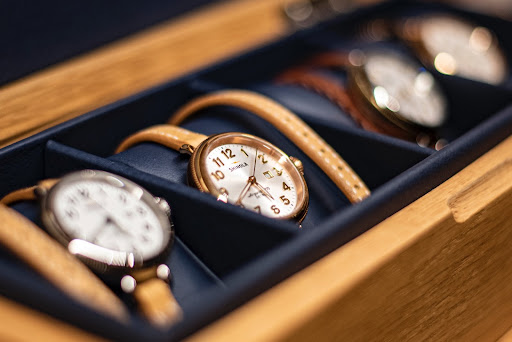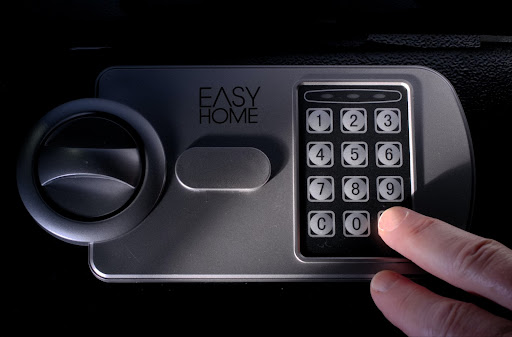Purchasing a safe is one of the simplest things you can do to keep valuable items secure. However, if you’ve never purchased a safe you could end up buying something that doesn’t truly suit your needs. With these helpful tips, you’ll be able to regain peace of mind knowing that your most prized possessions are secure.
Tips on Where and How to Store Your Safe
Before purchasing a safe, take into consideration everything you need to store in it. Determining the size of the safe you need will play a big role in where you store it.
You want to keep your safe hidden, but not if it means sacrificing light. Though hiding a safe in the depths of a dark closet may sound like a good idea, there still needs to be enough light to be able to open the safe and see inside. Certain locks, like combination locks, have very small numbers which are hard to see in the dark. As much as you don’t want a burglar accessing your safe, you still need to be able to get into it yourself.
Consider the flooring where you plan to store the safe. If you’re going to bolt your safe to the ground, concrete is much more reliable than wood.
Some great places to consider storing your safe are in a guest bedroom closet or in an enclosed space underneath a stairway.

Fire Ratings and Burglar Ratings
A fire safety rating determines how long the contents inside a safe will remain unaffected. An example would be a fire rating of 350-1 hour. This means that the inside of the safe will remain at or below 350°F for 1 hour. The reason fireproof safes are designed to maintain an internal temperature below 350°F is because paper will begin to burn around 387°F. Class A safes are able to keep internal temperatures at 350°F for up to 4 hours, providing superior protection.
Burglar-resistant safes are designed to prevent and slow down a burglar from breaking into a safe. Factors like wall thickness and door thickness can impact the level of security they offer. Similar to fire ratings, burglar ratings use time to determine their security. A TL-30 safe (also referred to as an F-rated safe) is resistant to common hand tools for 30 minutes. This may not sound like much, but 30 minutes refers to the time tools are actively touching the safe. This type of safe is so secure that jewelry stores are required to utilize them.

Different Types of Residential Safes
Fire-resistant safes are used to store important documents, like birth certificates or a will. They may protect your paperwork from a house fire, but typically only for an hour or less. These safes are typically the most lightweight, but provide the least security against burglars.
Burglar (fire) safes have three main types – standalone, wall safe, and floor safe. These safes are much heavier than the simple fire-resistant safe which makes them much more difficult to break into or steal. Most of them are fireproof, but not all.
Standalone safes are very heavy and can either be bolted into the ground or free standing. They can be fitted with different kinds of locks such as a combination lock, electronic lock, or traditional key lock.
Floor safes are designed to be embedded into the floor. For this reason, they can be the best option in terms of burglar-proof safes. The easiest way for a burglar to break into a safe is by removing it from the home and opening it elsewhere. By bolting a safe into the floor and locking it shut, the odds of a burglar breaking into it are much lower.
Wall safes are connected to the studs in the wall and are often located inside closets. They are discreet and convenient but are not necessarily the most secure. Wall safes are predictable and easy for a burglar to find. They can also be easily removed by cutting a whole in the drywall.
Jewelry safes are also designed to be burglar proof, but are unique in their interior. These safes come with drawers, hooks, and often intricate designs on the inside.
Similar to jewelry safes, gun safes have specialty interiors designed to keep firearms secure. They come in various sizes depending on how many firearms you need to store. They also come in various fire ratings. If you only need a gun safe to keep the firearms away from children, fire ratings may not matter. However, if you have an expensive or large collection, it’s best to opt for something fireproof.

Which Type of Safe is Best for You?
The best kind of safe for your personal needs depends on the type of valuables you will need to store. If you only want to store important documents, a fire rating will have more importance than a burglar rating. If theft is your main concern, you’ll want to choose a TL-30 or F rated safe.
Regardless of which safe you choose, your local Pop-A-Lock is here for all your security needs. We offer expert security solutions so you’ll never have to guess whether your home and your valuables are safe.


